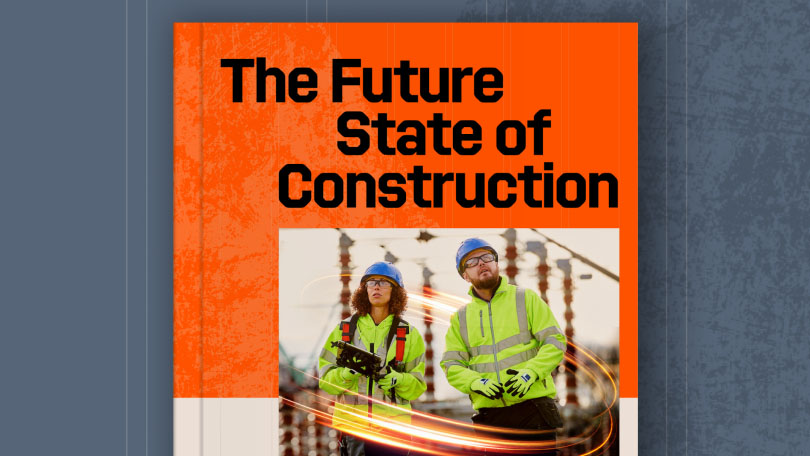Related Articles
— 5 min read
Ctrl + Build: Running on Zero – Why Energy Efficient Data Centres Start with Design.

Last Updated Sep 10, 2025

Paul Acker
As a Strategic Product Consultant at Procore, Paul Acker boosts construction financials through expert Procore implementation and ERP integrations. He translates complex technical and financial problems into practical solutions, improving cash flow, reporting, and project margins for construction firms, developers, and subcontractors. Paul's blend of construction management, financial optimisation, and an MBA - backed by success leading multi-billion dollar system and data migrations - ensures technology delivers tangible commercial results and drives efficiency.
Samantha Nemeny
30 articles
Sam—Samantha if she’s feeling particularly academic—has spent a decade in content marketing, with eight years focused on Australia’s construction industry. She has a knack for making complex ideas easy to understand, turning industry jargon into clear, engaging stories. With a background in SEO and marketing, she’s spent the past three years at Procore, helping industry professionals navigate the world of construction with content that’s both insightful and easy to digest.
Last Updated Sep 10, 2025
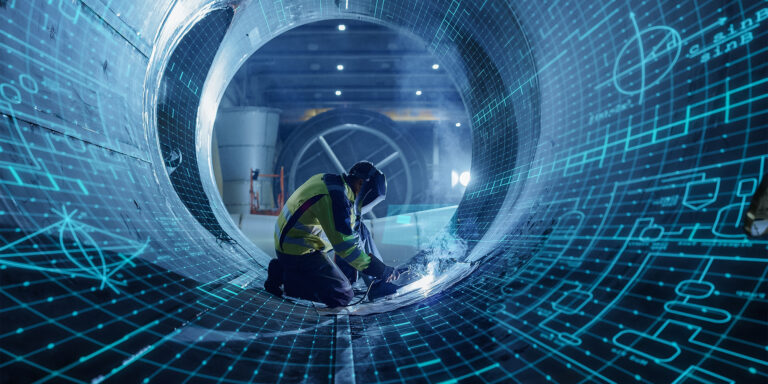
As power-hungry data centres multiply, builders must play a bigger role in reducing emissions by digitally tracking every delivery milestone.
The age of AI is here — and it runs on data. A lot of data.
Every chatbot, video stream, crypto transaction and Internet of Things sensor feeds the global appetite for processing power. That means more data centres.
Table of contents
More Data, More Demand
In Asia Pacific, data centre capacity is forecast to more than double by 2028. Australia is a key hotspot, according to JLL, with demand driven by hyperscalers and AI workloads.
As the sector expands, so do its energy demands. In Australia, data centres already consume around 5% of total electricity. CBRE forecasts that figure could reach 8% by 2030.
The story is similar around the world. Globally, electricity use from data centres, crypto and AI could double by 2026 – exceeding 1,000 terawatt-hours. The International Energy Agency (IEA) warns that’s more than the entire electricity consumption of Japan.
This growth puts pressure on delivery teams to scale faster, with less margin for inefficiency.
The business model of data centre delivery is speed. But some of the sector’s challenges – emissions, grid strain, embodied carbon – are much slower to solve.
Paul Acker
Global Data Centre Carbon Emissions, 2020-2035
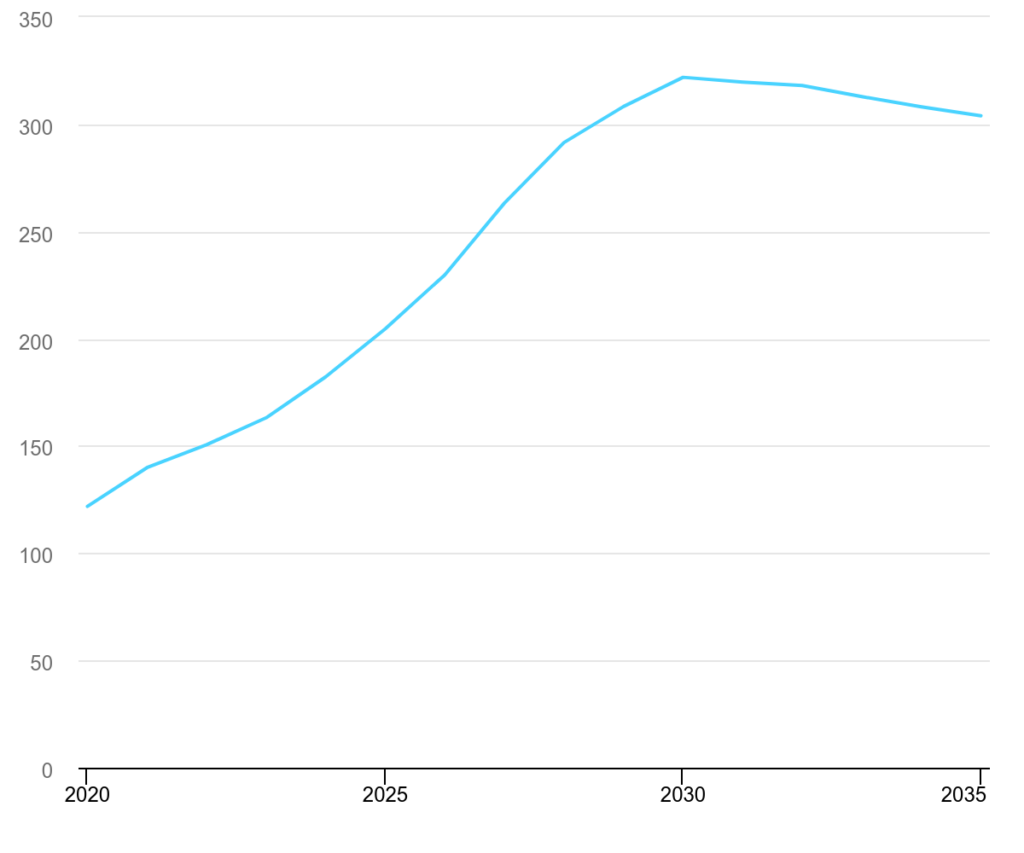
Source: International Energy Agency, 2025.
What Keeps Data Centre Operators Up at Night
Here are just a few statistics from the IEA that have data centre operators burning the midnight oil:
- 100,000 households – the equivalent electricity that a typical AI-focused data centre consumes. The largest ones under construction today will use 20 times as much.
- 12% annual growth – the rate at which data centre electricity consumption has increased globally since 2017 — more than four times faster than overall electricity demand.
- 10x more capital-intensive – an AI-focused data centre compared to an aluminium smelter.
- 20% of demand growth – the share of electricity demand growth that data centres now represent in advanced economies, where total energy demand has otherwise remained flat.
- 1 in 5 projects – the proportion of global data centre builds now facing risk of delay due to grid connection bottlenecks.
Then there’s the other environmental impacts. Around 40% of the average facility’s power is spent on the crucial task of cooling. Cooling the rows and racks of powerful computers requires up to 19 million litres of water a day – similar to the quantity of water consumed by 50,000 people.
Every one of these statistics translates to tighter specs and higher performance expectations for delivery teams.
Data Centre Electricity Consumption
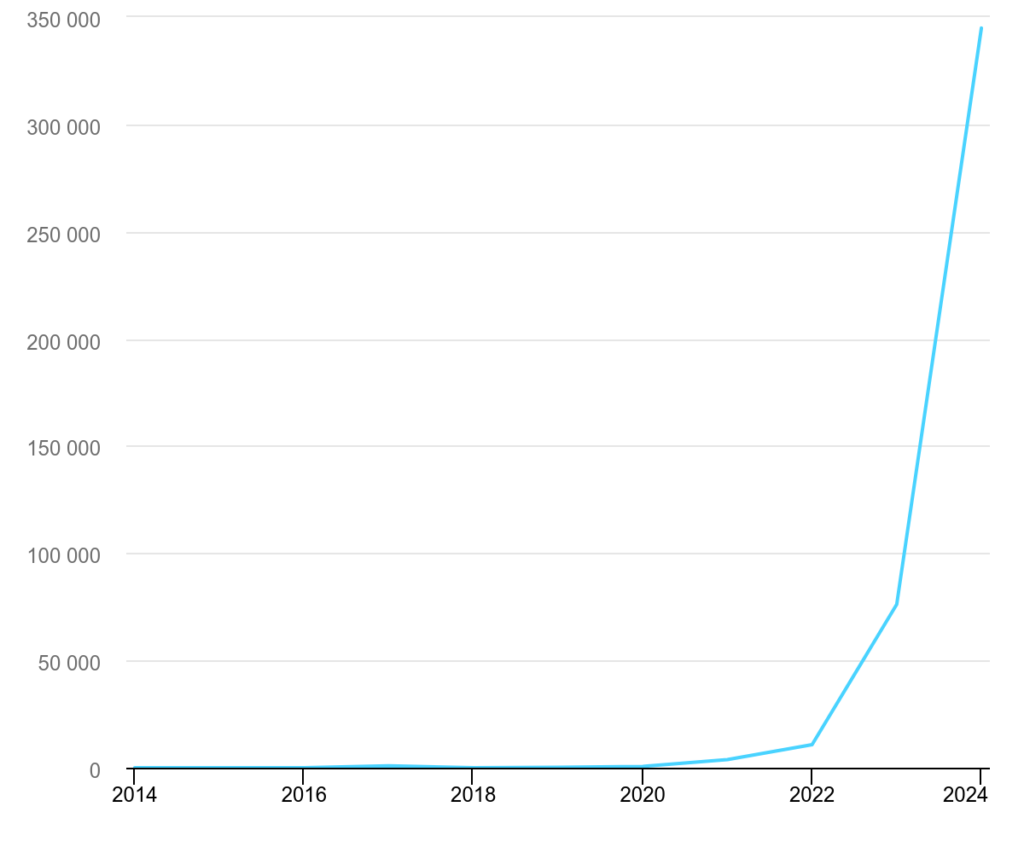
Source: International Energy Agency, 2025.
Why Net Zero Matters for Builders
More than 60% of the world’s biggest companies are moving towards net zero emission – and that means assessing every element of their carbon footprints.
While data centre operators are under pressure to decarbonise, their ability to meet these expectations increasingly depends on the supply chain. Builders must now support delivery models that meet lower-carbon expectations, provide emissions transparency and enable smarter decisions during construction.
Currently, 36% of data centre operators collect Scope 1 emissions data, and fewer still report on Scope 2 or Scope 3. We are seeing improvements, fast, with robust emissions tracking and project-level reporting soon to become table stakes.
The message is clear: builders who can provide emissions data and support net zero outcomes are more likely to be chosen as preferred partners.
Net Zero Corporate Commitments, 2025

Source: Net Zero Tracker, 2025.
An analysis of the the world's largest 2,000 publicly listed companies by annual revenue showed the following commitment to net zero targets:
- 0.19% (4 companies) achieved, externally validated
- 0.87% (18 companies) achieved, self declared
- 47% (974 companies) in corporate strategy
- 9.8% (203 companies) pledged
- 1.1% (23 companies) proposed
- 41% (852 companies) no net zero target
The Overlooked Emissions Footprint
Energy efficiency – and environmental impact more broadly – isn’t just an operational issue for data centres. It is a core design challenge for constructors and contractors – and that makes it a delivery risk.
From grid connections to cable trays, sequencing to installation, construction teams play a critical role in how efficiently a facility performs. The systems they install, the quality of that install, and the way it’s verified all shape emissions outcomes.
Quality assurance systems must evolve. Digital inspection workflows and structured documentation aren’t just about compliance, but about capability.
Renewables, Ratings and the Road Ahead
There’s good news. Data centre operators are pivoting fast.
Many major providers (and their customers) have committed to 100% renewable energy by 2030. These commitments are backed by renewable energy power purchase agreements (PPAs). Globally, 45% of all renewable PPAs now involve data centre operators, according to some estimates. This is a clear signal of the sector’s growing role in accelerating the energy transition.
Leading data centre operators are ramping up their measurement to improve management of emissions. NABERS has found that data centre operators can save millions each year by optimising metering, monitoring and HVAC. Elevating a NABERS Energy rating from 3 to 5 stars translates to an energy saving of more than $2.2 million annually.
The takeaway here?
Energy performance is flowing through contracts, checklists and reporting – and that means it is a construction deliverable, not just an operational aspiration.
Lifting Visibility Across Every Site
Some project teams are beginning to integrate carbon tracking and energy workflows into a single source of truth. Using Procore-based quality assurance and commissioning workflow supports:
Smart, sustainable delivery starts with visibility. If you want a greener footprint, you need a clearer picture
Paul Acker
- Embodied carbon tracking for steel, concrete and major plant
- Grid access timelines integrated into the build schedule
- Commissioning templates linked to energy modelling
- Shared dashboards for owner oversight across all sites.
The most forward-looking teams are already adapting. Those who lead on energy will lead on trust, delivery and future work.
See what’s coming in construction over the next decade.
Download the Future State of Construction Report for insights, trends, and innovations shaping the industry over the next 8–10 years.
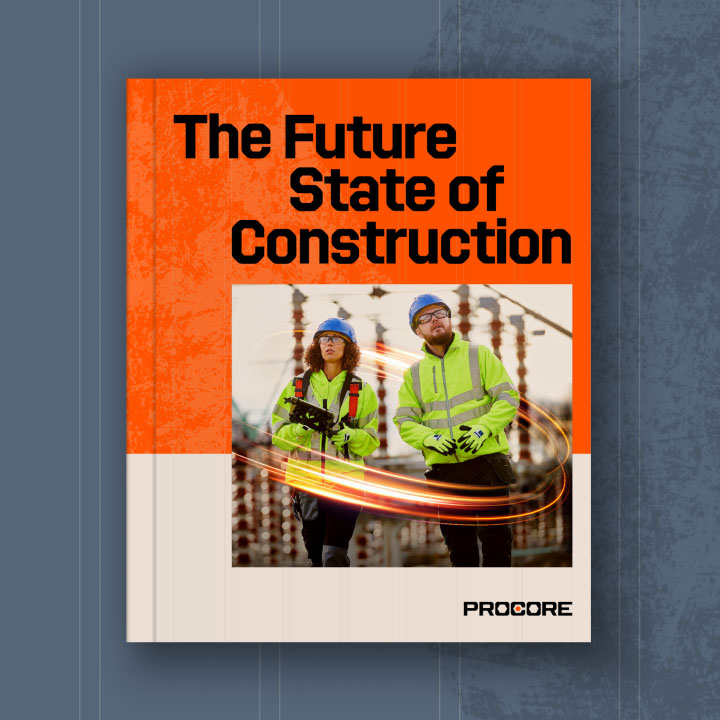
this is part of the series
Ctrl + Build
Categories:
Written by

Paul Acker
As a Strategic Product Consultant at Procore, Paul Acker boosts construction financials through expert Procore implementation and ERP integrations. He translates complex technical and financial problems into practical solutions, improving cash flow, reporting, and project margins for construction firms, developers, and subcontractors. Paul's blend of construction management, financial optimisation, and an MBA - backed by success leading multi-billion dollar system and data migrations - ensures technology delivers tangible commercial results and drives efficiency.
View profileReviewed by
Samantha Nemeny
30 articles
Sam—Samantha if she’s feeling particularly academic—has spent a decade in content marketing, with eight years focused on Australia’s construction industry. She has a knack for making complex ideas easy to understand, turning industry jargon into clear, engaging stories. With a background in SEO and marketing, she’s spent the past three years at Procore, helping industry professionals navigate the world of construction with content that’s both insightful and easy to digest.
View profileExplore more helpful resources
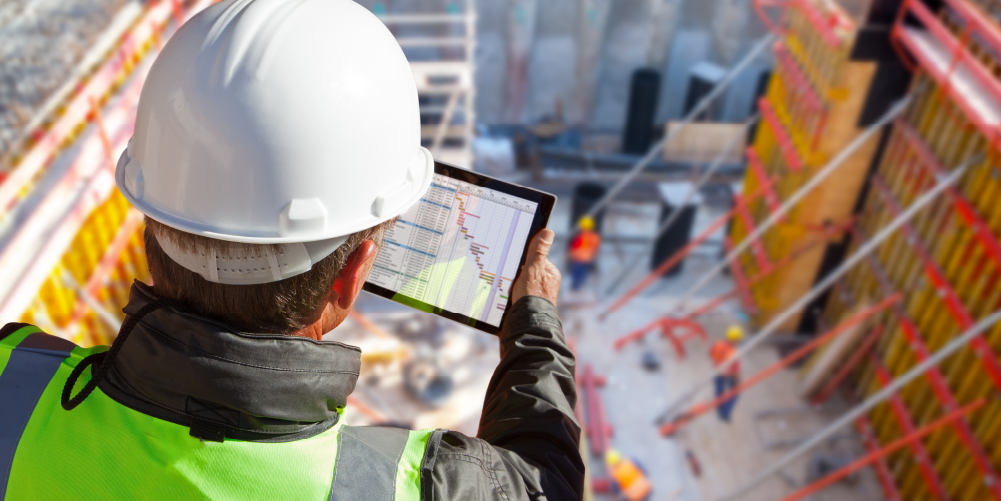
Managing Direct Costs in Construction: How Visibility Drives Profitability
Direct costs define the financial reality of every construction project. They cover the labour, materials, and equipment that drive delivery and determine profitability. But even the best-planned budgets can shift...
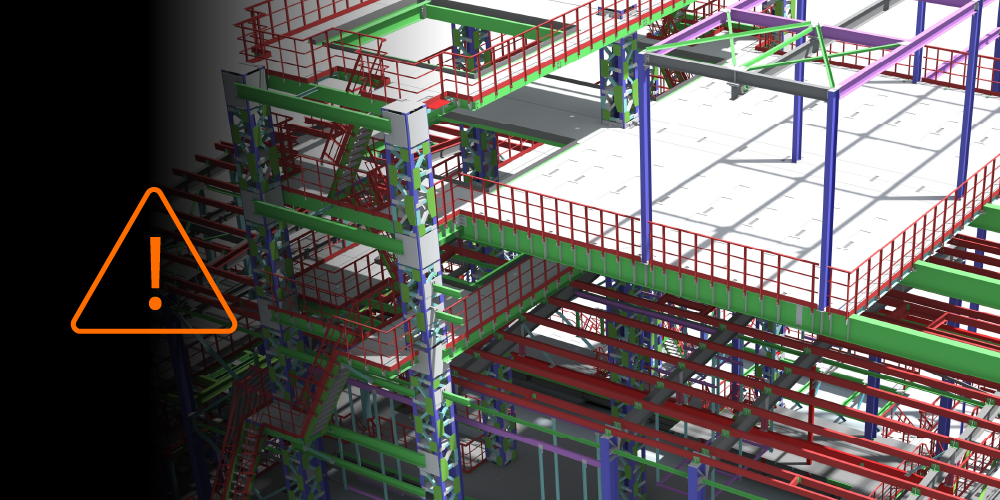
BIM Clash Detection: Reducing Rework, Delays, and Risk in Construction
Design clashes can be a significant hidden cost in construction, as each conflict between systems risks expensive rework, project delays, and reduced margins. BIM clash detection empowers teams to identify...

Next-Gen Job-Costing: Ready to Move? 5 Things to Consider Before You Get Started
In this three-part series, Quantity Surveyor turned Financial Solutions Specialist Clint Burgess uncovers the real-world gains for people, processes, and profits when businesses move from legacy to next-generation Enterprise Resource...

From Workarounds to Workflow: Solving Construction’s Legacy Job-Costing System Challenges with Next-Gen Tools
In this three-part series, Quantity Surveyor turned Financial Solutions Specialist Clint Burgess uncovers the real-world gains for people, processes, and profits when businesses move from legacy to next-generation Enterprise Resource...
